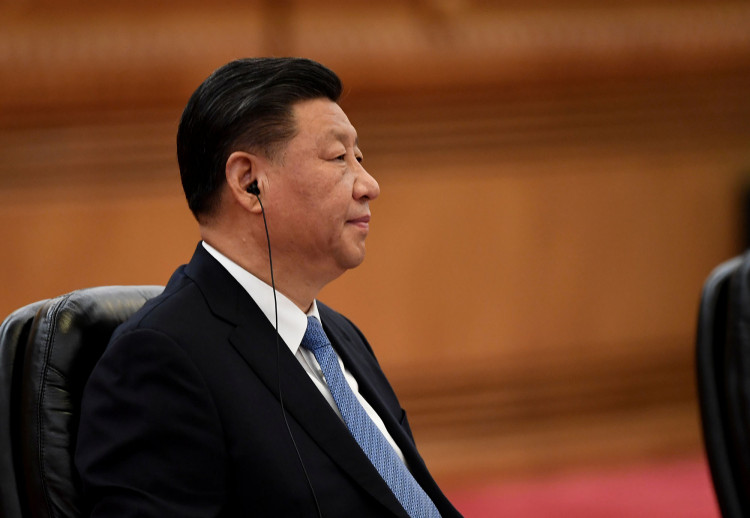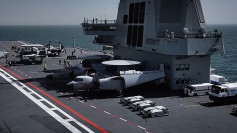China has dramatically expanded its missile production capacity over the past five years, according to a new analysis of satellite imagery conducted by CNN using maps and government records. The findings show widespread growth across factories linked to the country's missile forces, research centers, and bases associated with the People's Liberation Army Rocket Force, raising concerns in Washington that Beijing is accelerating a long-term strategy to deter U.S. military intervention in the Pacific.
The analysis identified visible expansion at more than 60% of 136 facilities tied to missile manufacturing or operations. Collectively, these facilities have added more than 21 million square feet of new space since 2020. "This is China positioning itself as a global superpower. We're in the initial phases of a new arms race," said William Alberque, a senior adjunct fellow at the Pacific Forum and former NATO director of arms control. "China is already sprinting and they're preparing for a marathon," Alberque said.
Several of the expanded sites are linked to China Aerospace Science and Technology Corporation and China Aerospace Science and Industry Corporation, the state-owned defense conglomerates responsible for research, missile assembly, and export programs. Some factories appear to have replaced farmland or residential areas, suggesting central government prioritization of defense capacity despite domestic economic pressures.
The expansion includes major facilities associated with the DF-26 ballistic missile, a system defense analysts refer to as the "Guam killer." The missile is capable of striking U.S. military installations in the western Pacific and is designed to change trajectory mid-flight to evade missile defenses. A new variant, the DF-26D equipped with a hypersonic glide vehicle, was introduced during a military parade earlier this year. Experts say its flight profile could allow it to bypass U.S. interceptor systems based in Guam.
Satellite images also show construction at 22 of 37 known PLA Rocket Force bases since 2020. The Pentagon estimated last year that China increased its missile inventory by 50% in four years. Additionally, researchers at the Stockholm International Peace Research Institute have reported that China has been adding roughly 100 nuclear warheads annually since 2023, though its total arsenal remains significantly smaller than those of the United States and Russia.
Beijing's missile buildup aligns with President Xi Jinping's stated goal of transforming the PLA into a "world-class" fighting force capable of projecting power beyond coastal defense. Xi has described the Rocket Force as the "core of strategic deterrence, a strategic buttress to the country's position as a major power, and a cornerstone on which to build national security."
The acceleration has been especially notable since Russia's invasion of Ukraine. "They're watching Ukraine incredibly closely," Alberque said. Analysts argue that China has taken lessons from Russia's use of mass missile and drone strikes to overwhelm air defenses. Alberque noted that China once estimated it would require 5,000 to 10,000 missiles to force Taiwan into submission, but "after Russia's invasion of Ukraine, Beijing's estimates have increased exponentially."
Concerns about the buildup come as the United States faces its own missile supply constraints. The U.S. expended approximately 25% of its THAAD interceptor stockpile defending Israel during a conflict with Iran earlier this year. Lockheed Martin has since been awarded a $2 billion contract to replenish supplies, but the process will take months.
While China has rapidly expanded manufacturing, the PLA Rocket Force has also been shaken by corruption scandals. Two former defense ministers and several senior officers have been removed over bribery and procurement fraud investigations. A senior U.S. defense official told CNN, "I think they've identified it (corruption) as something that really has posed great risks to the political reliability and ultimately the operational capability of the PLA."
David Santoro, president of the Pacific Forum, said the strategic implications are clear. "I think there already is a cold war. It's across all domains and the risk is that it will turn into a hot war."





